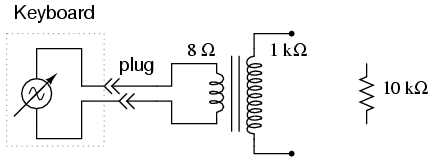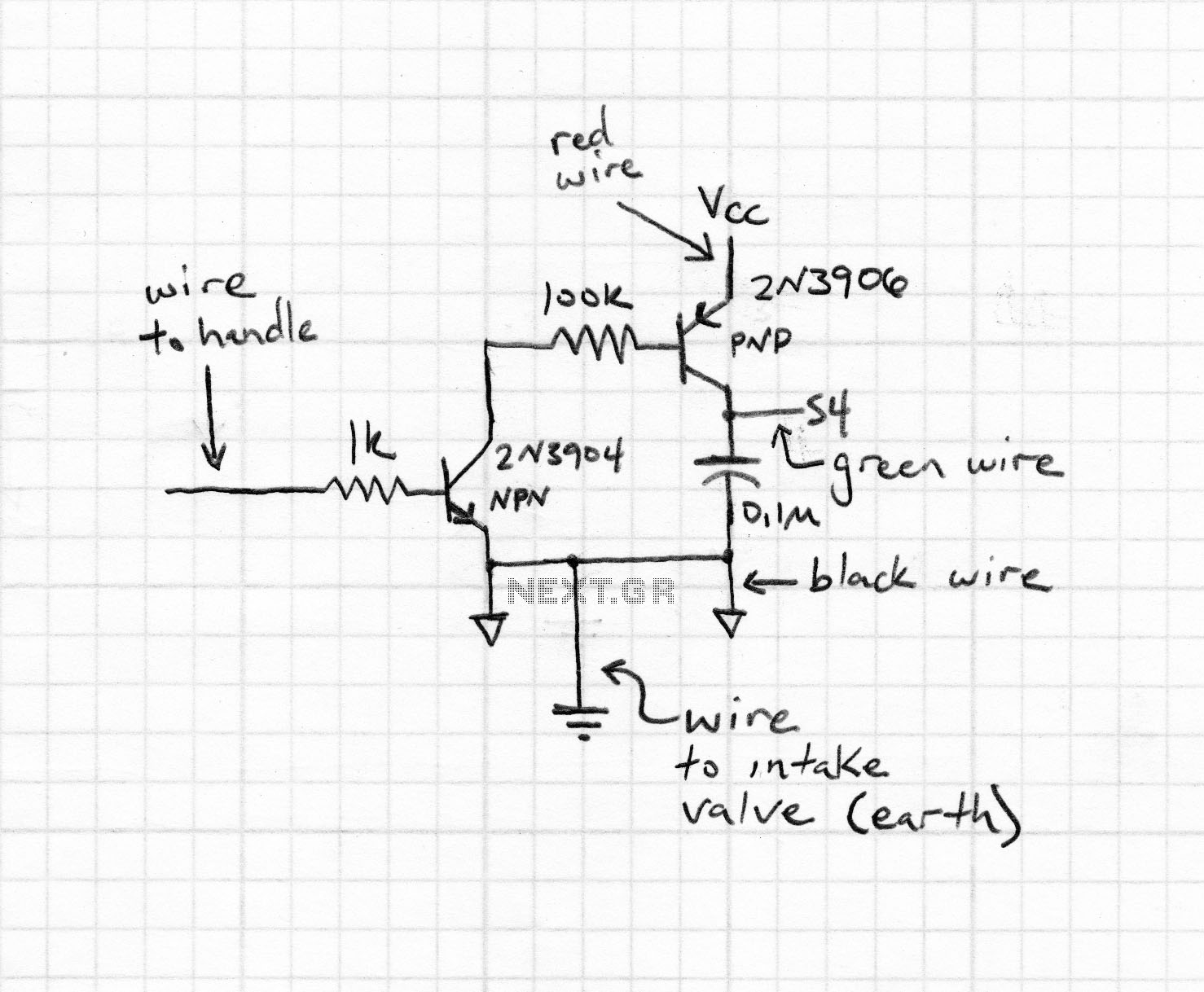
Replacing the driver board in an old-school door chime

The doorbell button was replaced with a lighted version, but the chime continued to sound after the button was pressed. These lighted buttons incorporate an incandescent bulb in parallel with the button, a component that has been modified in previous projects.
The described circuit involves a doorbell system where the traditional button has been substituted with a lighted variant. This modification introduces an incandescent bulb connected in parallel with the button mechanism. When the button is pressed, it not only completes the circuit to activate the chime but also illuminates the bulb.
The issue observed, where the chime continues to sound after the button is released, suggests a potential design flaw or misconfiguration in the circuit. Typically, a standard doorbell circuit consists of a transformer, a chime, and a momentary switch (the button). When the button is pressed, it allows current to flow from the transformer to the chime, producing sound.
In this case, the inclusion of the incandescent bulb in parallel may create a path that keeps the circuit closed even after the button is released. The bulb, when energized, could be causing a feedback loop or a delay in the circuit returning to its open state, maintaining the chime's operation.
To resolve this issue, it is advisable to review the circuit design. One potential solution is to incorporate a relay or a capacitor that can momentarily hold the circuit closed but will eventually open after a short delay, allowing the chime to stop once the button is released. Additionally, ensuring that the button itself is a momentary switch is crucial, as a latching switch could also lead to continuous chime activation.
Overall, careful analysis of the circuit components and their configuration is necessary to ensure proper operation of the lighted doorbell button without unintended chime activation.replaced their doorbell button with one that lights up and found that the chime wouldn`t stop sounding after the button was pushed. These lighted buttons use an incandescent bulb in parallel with the button (a piece of hardware we`ve hacked in the past)..
🔗 External reference
The described circuit involves a doorbell system where the traditional button has been substituted with a lighted variant. This modification introduces an incandescent bulb connected in parallel with the button mechanism. When the button is pressed, it not only completes the circuit to activate the chime but also illuminates the bulb.
The issue observed, where the chime continues to sound after the button is released, suggests a potential design flaw or misconfiguration in the circuit. Typically, a standard doorbell circuit consists of a transformer, a chime, and a momentary switch (the button). When the button is pressed, it allows current to flow from the transformer to the chime, producing sound.
In this case, the inclusion of the incandescent bulb in parallel may create a path that keeps the circuit closed even after the button is released. The bulb, when energized, could be causing a feedback loop or a delay in the circuit returning to its open state, maintaining the chime's operation.
To resolve this issue, it is advisable to review the circuit design. One potential solution is to incorporate a relay or a capacitor that can momentarily hold the circuit closed but will eventually open after a short delay, allowing the chime to stop once the button is released. Additionally, ensuring that the button itself is a momentary switch is crucial, as a latching switch could also lead to continuous chime activation.
Overall, careful analysis of the circuit components and their configuration is necessary to ensure proper operation of the lighted doorbell button without unintended chime activation.replaced their doorbell button with one that lights up and found that the chime wouldn`t stop sounding after the button was pushed. These lighted buttons use an incandescent bulb in parallel with the button (a piece of hardware we`ve hacked in the past)..
🔗 External reference





